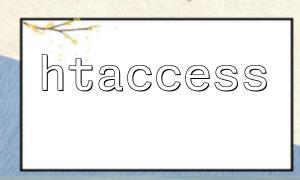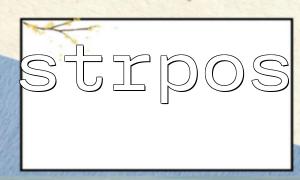With the rise of online education, an increasing number of learners are choosing to study through the internet, with online question answering becoming an important part of this process. To enhance the learner's experience, the features of answer correction and feedback have become particularly important. This article will provide a detailed introduction on how to implement these features in an online question answering system, along with specific code examples.
In online question answering, learners may encounter errors in questions or unclear problems, making it crucial to provide an effective answer correction feature. This feature not only helps learners raise questions but also allows administrators to receive timely feedback to correct errors.
Here is a code example for implementing the answer correction feature:
This code defines a "Correct Error" button. When the user clicks this button, the system will display a correction form, allowing learners to submit the issues they encounter.
Next is the JavaScript code for displaying the correction form:
document.getElementById("errorBtn").addEventListener("click", function() {
var form = document.createElement("form");
var textarea = document.createElement("textarea");
var submitBtn = document.createElement("button");
form.appendChild(textarea);
form.appendChild(submitBtn);
document.body.appendChild(form);
submitBtn.addEventListener("click", function() {
var errorContent = textarea.value;
// Send the correction content to the administrator
document.body.removeChild(form);
});
});
With the above code, when the user clicks the "Correct Error" button, the system will show a form where the user can fill out and submit the problem. The form's content will be processed by the server.
In addition to the correction feature, the answer feedback feature is equally important. It provides learners with detailed information about their answer results, including scores, correct answers, and explanations. This can help learners understand their performance and effectively improve their learning strategies.
Here is a code example for implementing the answer feedback feature:
When the user clicks the "View Answer Feedback" button, the system will display the answer feedback information. This information includes the score, correct answers, and analysis of each question.
The JavaScript code for displaying the feedback is as follows:
document.getElementById("feedbackBtn").addEventListener("click", function() {
var feedback = {
score: 80,
correctAnswers: ["A", "C", "B"],
analysis: ["Explanation for Question 1", "Explanation for Question 2", "Explanation for Question 3"]
};
var feedbackDiv = document.createElement("div");
var scoreP = document.createElement("p");
var correctAnswersP = document.createElement("p");
var analysisP = document.createElement("p");
scoreP.innerText = "Score: " + feedback.score;
correctAnswersP.innerText = "Correct Answers: " + feedback.correctAnswers.join(", ");
analysisP.innerText = "Analysis: " + feedback.analysis.join(",");
feedbackDiv.appendChild(scoreP);
feedbackDiv.appendChild(correctAnswersP);
feedbackDiv.appendChild(analysisP);
document.body.appendChild(feedbackDiv);
The above code demonstrates how to retrieve answer feedback and display it to the learner through a pop-up. The feedback includes the score, correct answers, and explanations for each question.
This article has introduced how to implement the answer correction and feedback features in an online question answering system, along with code implementation examples. By incorporating these features, learner engagement and learning effectiveness can be significantly improved. Online question answering platforms should further adjust and optimize these features based on specific needs and technology stacks to better meet learners' requirements.









